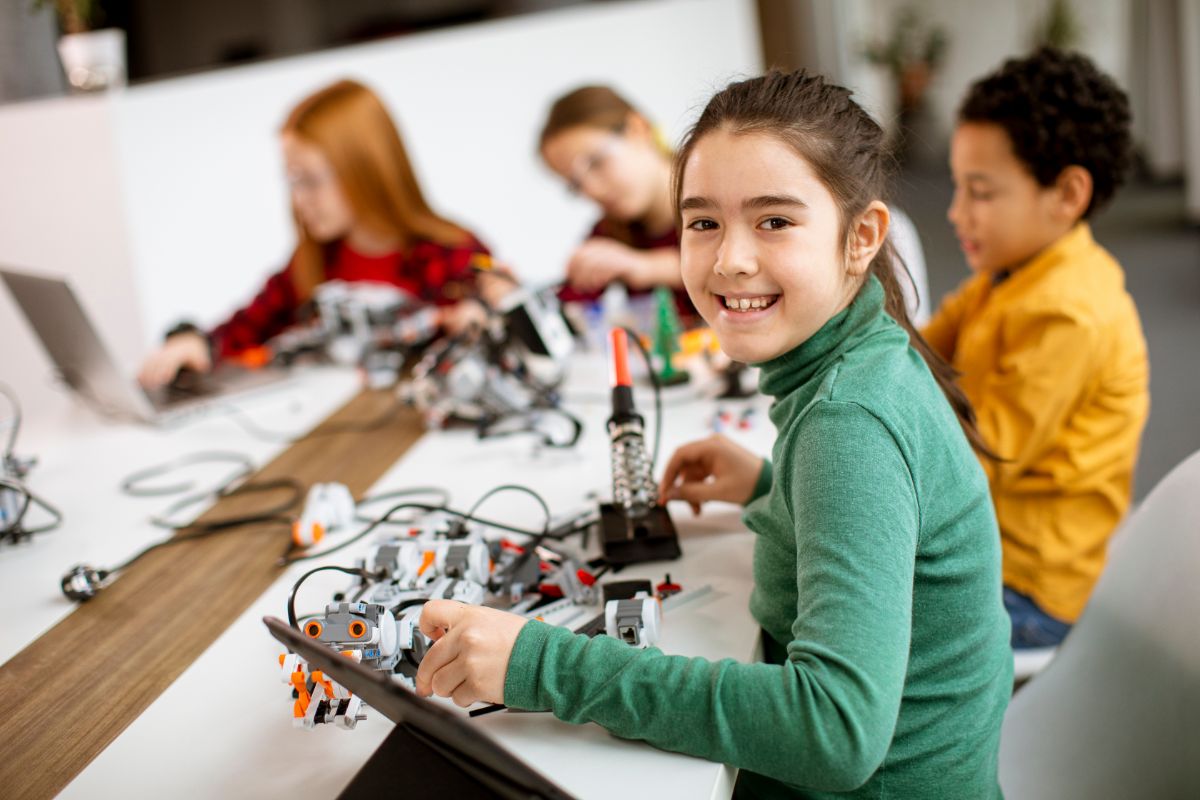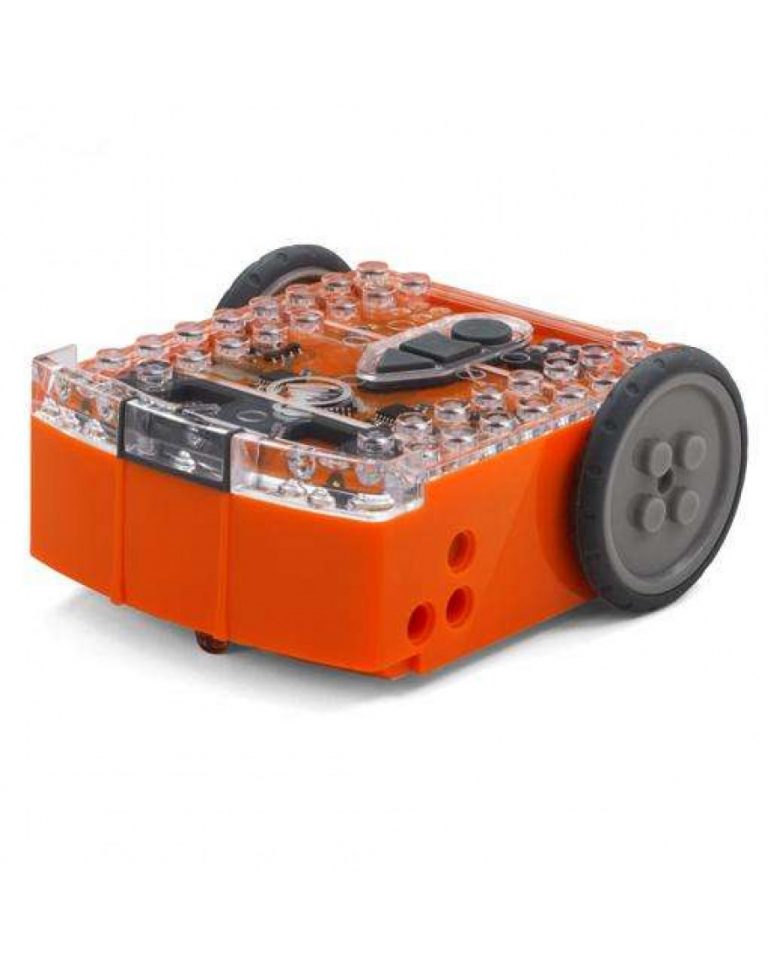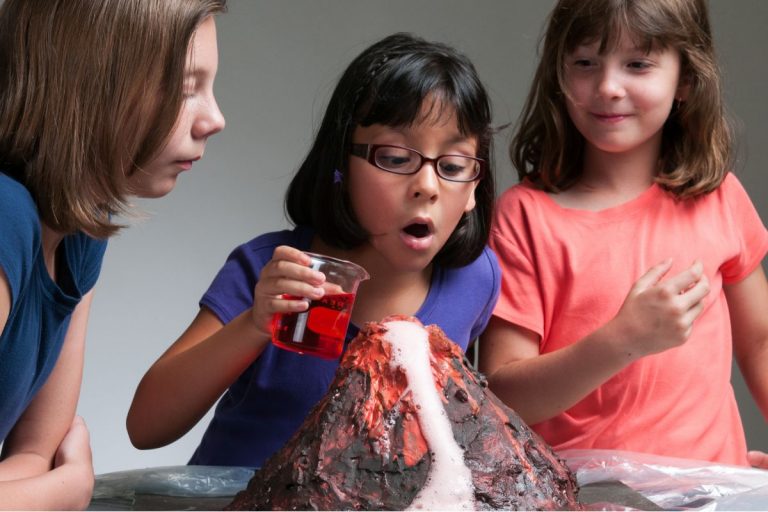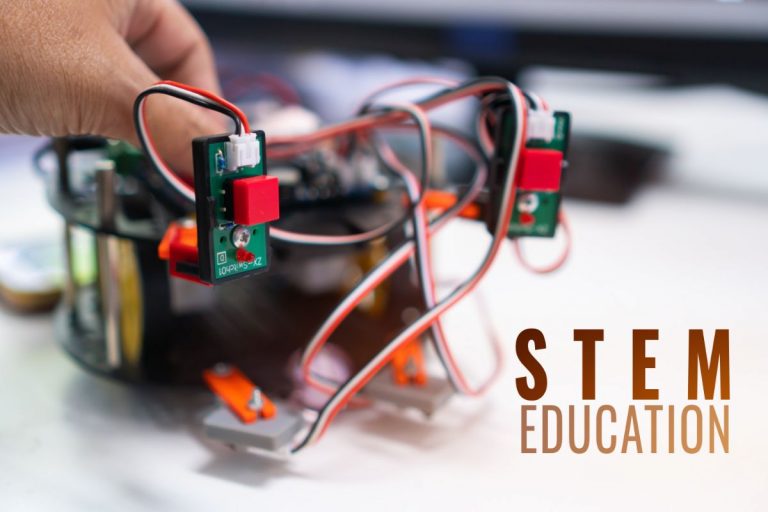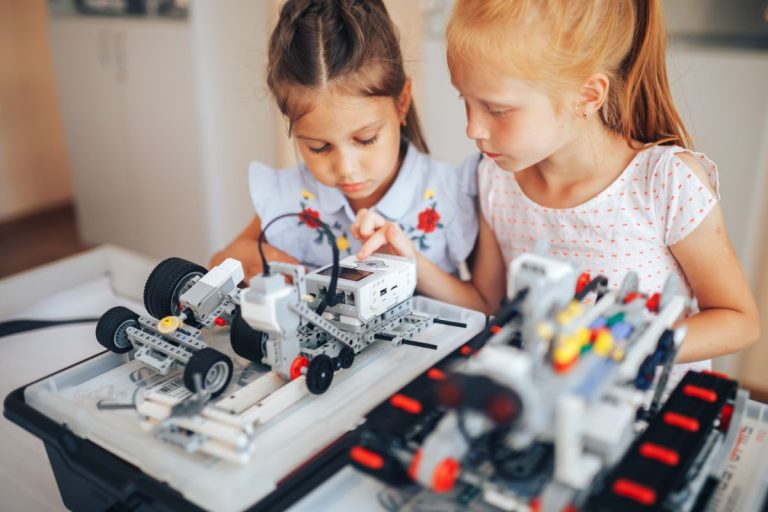The Importance of Robotics in a Classroom
It is critical for technology to have innovation, and yet a lot of schools find it difficult to engage kids in this subject. But could introducing and educating them about robotics turn this around?
The maker culture gives emphasis on learning and pushing kids to try out new real-world abilities and skills. It encourages DIY tinkering with physical objects and electronics. One of the maker movement’s trademark is robotics. Projects can range from something as simple as assembling a light switch to as complex as creating a full robot.
What is robotics?
Robotics is part of our everyday lives in many different ways, we see them around us from kid’s toys to automatic vacuum cleaners. These are basically any programmable mechanical device that follows a set of directives. Robots come with sensors to observe its surroundings, a processing unit as well as actuators and motors to move its wheels or limbs. Some even respond to light and sound and follow lines and obstacles just like the Edison Robot.
Nowadays, teachers are using robotics and robots to educate their students in a unique and innovative way. This is a hands-on and very engaging way to teach kids essential concepts like science and mathematics. Although these robots being used inside the classrooms are not like those you see in action movies, they are gaining popularity because of how they can catch and keep the attention of students. Furthermore, robotics is a fun way to get kids fascinated in subjects such as science, technology, engineering and math or STEM. Getting them interested in these subjects can help them have a remarkable career in the future.
How can robotics help with STEM?
The core of robotics is science. Kids can learn a lot from constructing and working with a robot. They can learn about scientific concepts on photovoltaics or solar power and electricity by learning how a robot is powered. In addition, their knowledge of concepts in physics like tension and force can be strengthened when using a robot to carry objects. And by building the robots themselves and seeing how various materials affect their robot’s behavior instils into them science’s most important aspects, experimentation and observation.
Robots are intended to be simple. When a child builds a robot, he will be exposed to how codes affect the real world when entered into computers. There are even robots designed to increase their programming’s difficulty once the child becomes rather at ease with the idea. Edison Robot is a powerful robotics kit teaching kids computer programming in a hands-on way.
Through robotics, kids can definitely learn a lot about the engineering field. Assisting kids to build robots can help them grasp the concepts of function and design. Moreover, the lesson also gives them an exciting and enjoyable reward at the end, which is the robot itself. Mechanics and electrical engineering are two of the concepts that creating a robot imparts to children.
Mathematics is a subject that’s really hard for children and adults alike, most specifically when it starts to expand beyond basics. Edison Robot is a great interactive way of teaching students about the subject by taking numbers out of the pages of the book and into reality. Kids will be able to see how the robot reacts to its surroundings from basic to more advanced mathematics concepts.
Why schools should teach robotics
- It’s a very effective method of familiarizing students to programming. By physically controlling robots, kids can see what can go wrong and they can also learn what they can and cannot do. In addition, robotics aids in addressing the ever increasing call for teaching STEM.
- Complex technology is explained. There have been reports on how robots will replace a certain percentage on humans in the future, thus instilling fear to most of us. Understanding what these machines are capable of is one of the best ways to address this growing fear. Also, kids can appreciate their skills, strengths and capabilities more when they have experience in building and programming robots.
- Suitable for all kids. On a research done, it is evident that robots are highly effective for engaging as well as keeping the focus of kids with autism. Research shows that these kids respond well to the consistent, clear and calm interactions that a robot can offer.
- Skills for future careers are developed. Programming robots can help students discover if they will have interest and skills in job markets in the near future.
- It’s a fun way of learning. Kids of all ages can positively channel their competitiveness in numerous competitions. Like asking them to create a robot out of a LEGO set and have a running race afterwards which robot is the fastest. Robotics combined with designing computer games is probably the best and most engaging way to introduce IT to students.
Aside from helping kids grasp the ideas of how things around them work, experimenting with robotics can also help them develop important skills such as creativity and problem solving. Furthermore, children at a young age who are learning how to build and plan projects and structures can continuously apply these notions when they become exposed to more compound concepts.
Robotics projects tend to be daunting and overwhelming, but there are numerous ways on how to teach children everything that they need in order to build their very own robotics inventions. Also, these robotics projects can strengthen students’ literacy skills as they do research and make a record of their experiments.
